 Weather in the suburbs in late autumn and early spring is rather capricious and changeable, with spasmodic temperature differences, interchangeable thaws and frosts. Winter also presents its surprises in the form of the so-called “black frosts”, when the temperature drops sharply to -10 degrees and above and there is no snow. This adversely affects roses. Our task is to create conditions for them to comfortably survive the frosts. How to cover roses for the winter in the suburbs, and which method is more suitable for these purposes?
Weather in the suburbs in late autumn and early spring is rather capricious and changeable, with spasmodic temperature differences, interchangeable thaws and frosts. Winter also presents its surprises in the form of the so-called “black frosts”, when the temperature drops sharply to -10 degrees and above and there is no snow. This adversely affects roses. Our task is to create conditions for them to comfortably survive the frosts. How to cover roses for the winter in the suburbs, and which method is more suitable for these purposes?
Content
We start to prepare flowers for the winter
If you ask the question, when do you need to prepare roses for the winter, then you need to start in the summer, in July-August.
But, this question should arise much earlier, at the time of acquisition of seedlings. Every gardener should know that preparing bushes for wintering is a laborious and responsible process, since it is a southern plant by its origin. Most of the bushes tolerate frosts well from -4 to -7 degrees, for the safety of the bush in more severe frosts, certain conditions must be created.
If you are not ready for such painstaking work, then it is better to purchase frost-resistant varieties of Canadian selection. They are bred specifically for frosty winters and withstand cold up to -30 degrees. But even they need shelter.
The first stage of preparation for winter
 It consists in the fact that already in early July, fertilizing with nitrogen-containing fertilizers ceases. Do this with the aim that the bushes do not form new shoots for flowering. Only potash and phosphorus fertilizers are recommended.
It consists in the fact that already in early July, fertilizing with nitrogen-containing fertilizers ceases. Do this with the aim that the bushes do not form new shoots for flowering. Only potash and phosphorus fertilizers are recommended.
In September (middle), Kalimagnesia is introduced. Potassium stimulates root growth, and magnesium provokes the laying of shoots and future flowering.
Experienced gardeners do not recommend cutting off faded buds that have formed small fruits. Because it can cause the awakening of sleeping kidneys and serve as a signal for growth.
Second stage of preparation
 In September, you can begin to trim the foliage gradually from the bush, starting from the bottom. Since it takes a lot of time, it is better to do it gradually. At the same time, it is necessary to prepare dry ground for hilling plants.
In September, you can begin to trim the foliage gradually from the bush, starting from the bottom. Since it takes a lot of time, it is better to do it gradually. At the same time, it is necessary to prepare dry ground for hilling plants.
For these purposes, choose a warm, dry day, fill the bags with fertilely dry soil from other fertile sites. If the autumn is warm enough, then you should not rush into shelter. The bush can lock up under a layer of insulation. The optimum temperature for shelter is -5 degrees, that is, the period of the first frosts.
It is important for the plant that the shelter and the land around it, at the time of hilling and preparation for winter, be dry. For these purposes, in rainy weather, a special canopy is made over the rose garden.
Read also:
Trimming the bush in late autumn before shelter
The third, important stage is pruning a rose.

Why do it:
- heal the bush;
- form a plant of the correct form;
- rejuvenate, removing old shoots, excess and immature;
- thin out the bush for ventilation and access to sunlight.
In order to prune the rose, good weather, a sharp pruner, rubberized gloves and patience are needed.Previously, it is advisable to cut off the remaining foliage from the bush so that it does not sprout and creates conditions for the spread of diseases.
Of course, in the case of curly roses, this is problematic. Therefore, they are treated before instillation with solutions of copper or iron-containing fungicides.
The gardener decides what type of pruning he should choose:
- Strong (short). Leave 2, 3 kidneys, cut oblique in a centimeter from the last.
- Medium, from 8 to 10 kidneys.
- Gentle (long), only 10 cm of the tops are cut off.
The method of pruning before the shelter of the rose for the winter in the Moscow region depends on the variety of roses, the preferences of the gardener. For example, small bushes of ground cover roses only thin out, but do not cut.
During pruning, leave from 5 to 7 woody shoots, remove young, without bark. Inside the bush, young shoots often begin to sprout. They need to be cut deep under the root. Old, dried, with cracks in the bark, are also removed.
The fourth stage of preparation of the bush for winter

After the leaves are removed and the bush is trimmed, you need to carry out preparatory work. They are as follows:
- The remains of leaves and branches are cleaned and burned. In order to destroy possible foci of infection.
- Destroy all weeds with the root.
- They dig up the earth around the perimeter of the bush.
- Make a small amount of fertilizer in granules, sprinkling on top.
Only after that they prepare for shelter. In order not to break the bush, bend the branches gradually. For these purposes, various kinds of clamps are used: hooks from bent reinforcement, electrodes for welding, arches for greenhouses.
Important! Bend the branches of the bush to the side of the rose vaccination.
Ways to shelter roses for the winter
Gardeners in the suburbs express very different opinions on this matter. Many of them tried several methods, and experimentally established the optimal for them.

What should be guided by:
- On soil composition and moisture. So, if the groundwater is not deep, then sawdust and loose ground can draw moisture and freeze in frost. This will lead to partial or complete death of the bush.
- On varieties of roses. So plants with delicate creamy, white, pink flowers are most susceptible to cold weather. More winter-hardy red roses. Some varieties of Canadian, American, Dutch and domestic breeding are specially bred for areas with harsh climates.
- On the age and condition of the bush. It is clear that plants that have suffered more than one winter are more resistant to cold.
The main methods of shelter
In this matter, gardeners show Russian ingenuity and ingenuity, especially in the selection of auxiliary materials. Some use old tires for backfilling. They make umbrellas, cover them with plastic boxes with holes, make special boxes.
Use shelter:
- ground and sawdust;
- lapnik;
- air-dry shelter with nonwoven materials.
In stores for gardeners, they also offer, in assortment, various kinds of frames. But most lovers of roses use building nets, self-made greenhouse arcs, etc.
Earth, sawdust, spruce branches
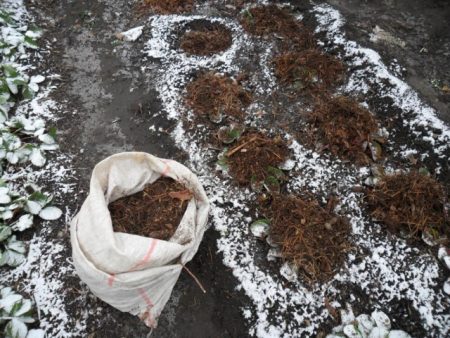 Previously harvested dry earth, peat, sand and sawdust are mixed and poured into the basal area of the bush. On average, a bucket of the mixture leaves per bush. From above it is possible to cover with dry foliage, it is better than oak because it does not decay. In November, when the first frosts begin, they cover with fir spruce branches. During the winter, snow is poured onto the bush.
Previously harvested dry earth, peat, sand and sawdust are mixed and poured into the basal area of the bush. On average, a bucket of the mixture leaves per bush. From above it is possible to cover with dry foliage, it is better than oak because it does not decay. In November, when the first frosts begin, they cover with fir spruce branches. During the winter, snow is poured onto the bush.
An alternative to this method can be wrapping the plant with non-woven materials for warming plants, burlap, straw.After the bush has been sprinkled and sprinkled with a mixture, it is wrapped in these materials, tied, loosely, with twine or ropes. This method is most suitable for bushes with stiff stems that are difficult to bend. Or for plants with gentle pruning.
The most common way, air dry
How to cover roses for the winter in the suburbs with covering material, in a way that has best established itself in this region.
The material from polypropylene fibers does not allow moisture to pass through in the form of drops, but “breathes”, absorbing and giving off fumes. For this reason, the plant is not steamed inside the box. At the same time, it is a good barrier to the cold. The non-woven material is distinguished by its thickness and name, which depends on the manufacturer (spunbond, agril, etc.). On average, it lasts for 4-5 seasons.
The technique is as follows
After the preliminary preparation is carried out: pruning, digging, hilling, dusting of the roots, branches are bent, a protective frame is installed.
It could be:
- a special umbrella for each bush separately;
- frame of building metal mesh;
- from greenhouse arcs;
- wooden shield etc.
From above it is covered with a non-woven insulation, which is attached to the ground with the help of: studs and loops, the edges are sprinkled with earth, boards or heavy stones lie down.
Before the onset of the first frosts, it is better to leave one of the side surfaces open so that there is natural ventilation. With such a shelter, the average temperature is kept inside within -3.4 degrees. If snow has fallen, then it will serve as an additional layer of protection from the cold.
Every gardener should know all the ways of sheltering roses for the winter in the Moscow Region (see the article for a photo and description) so that the “Queen of Flowers” will please her beauty for a long time!

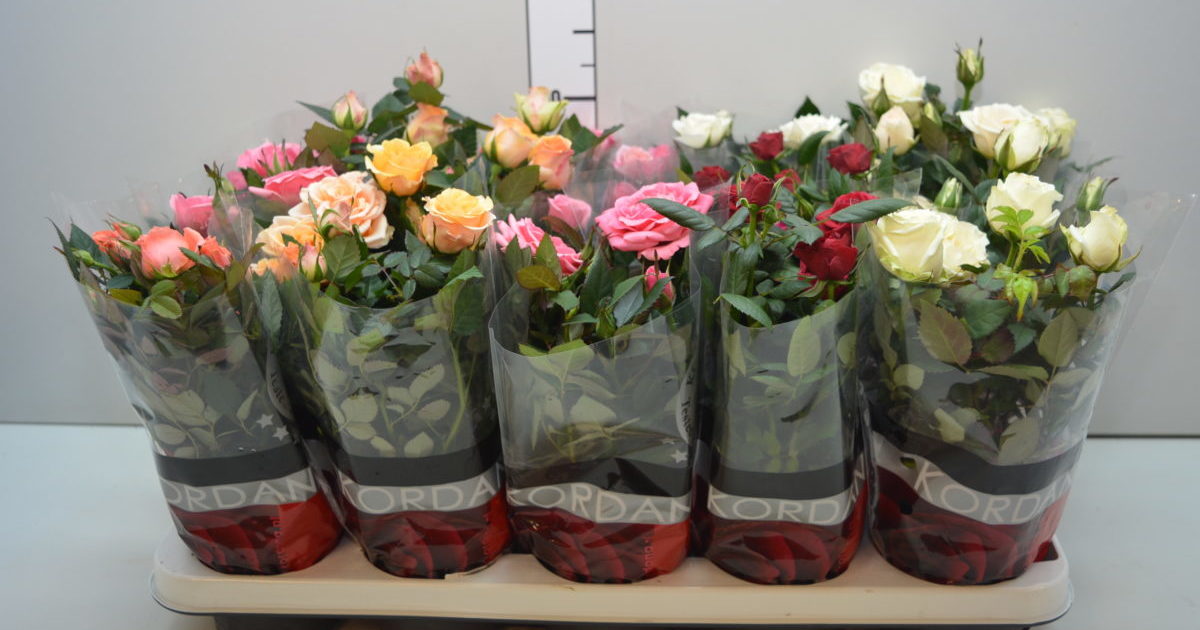
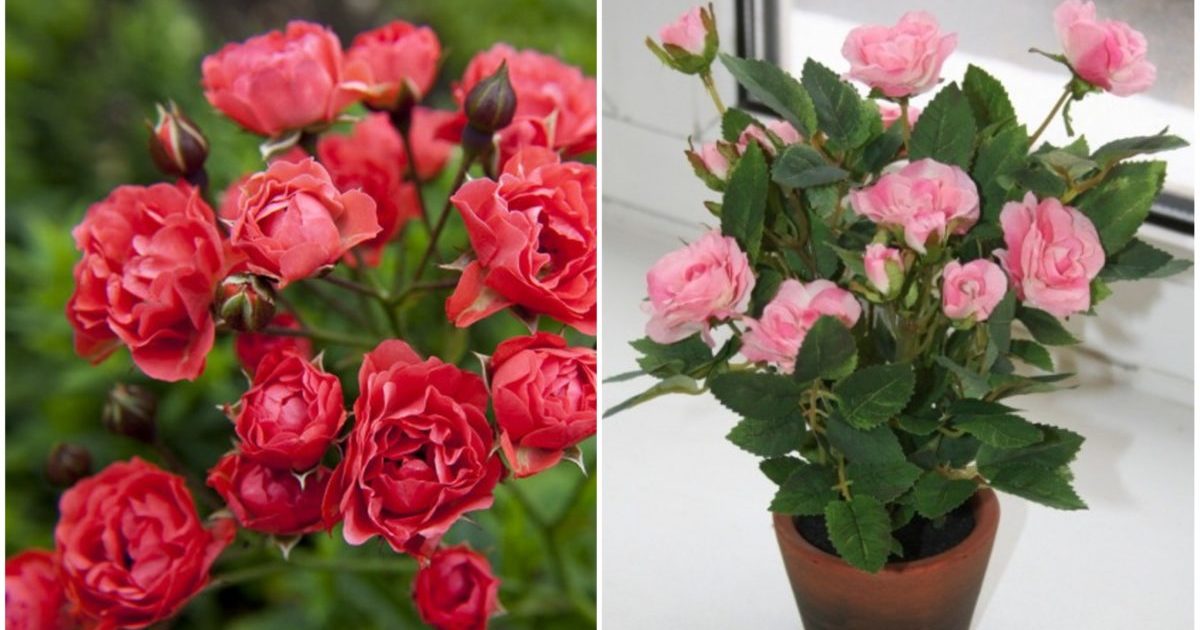
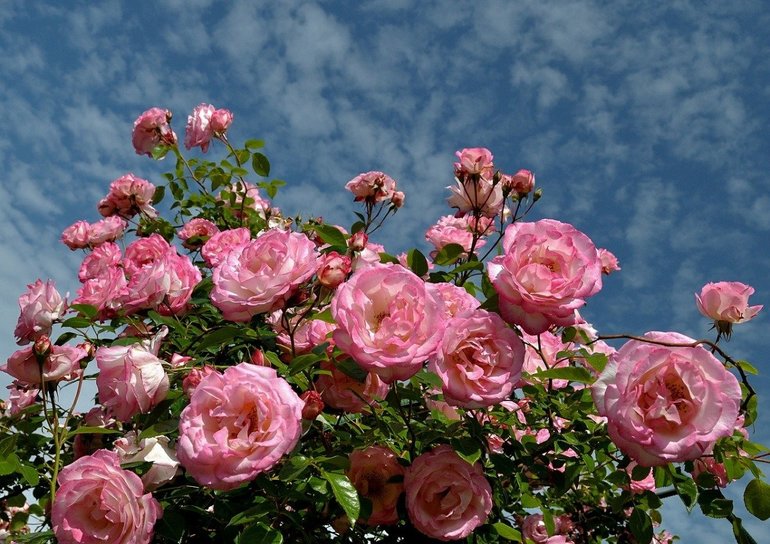
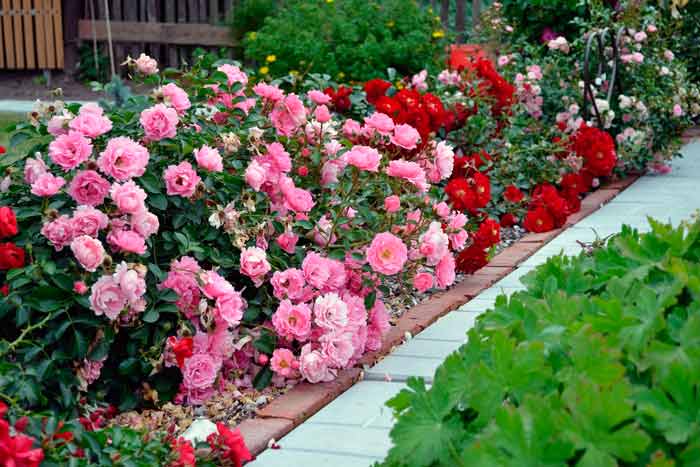 Shelter of roses for the winter: at what temperature does the robot hold
Shelter of roses for the winter: at what temperature does the robot hold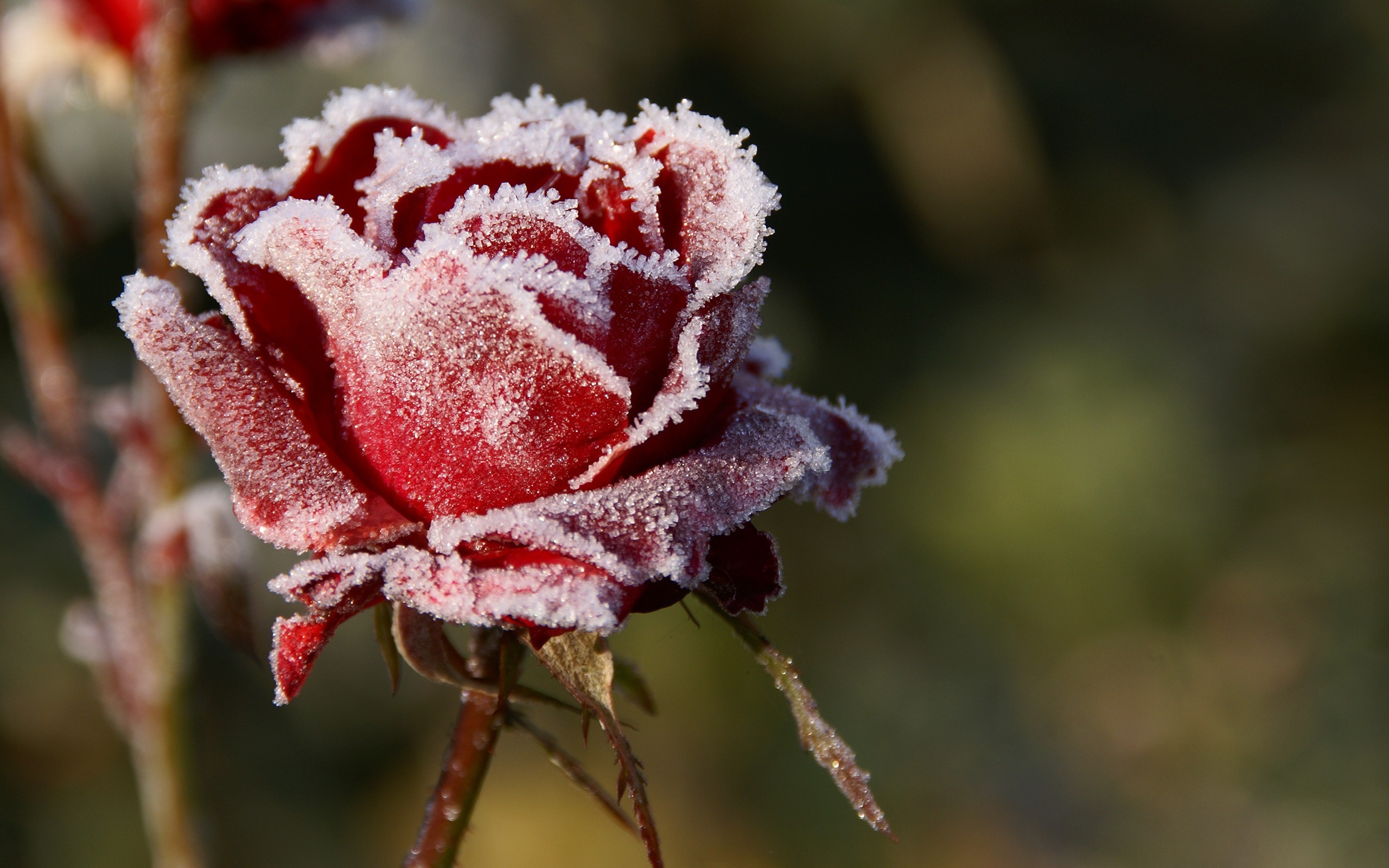 How to prune roses in the fall: timing, pruning rules, pros and cons
How to prune roses in the fall: timing, pruning rules, pros and cons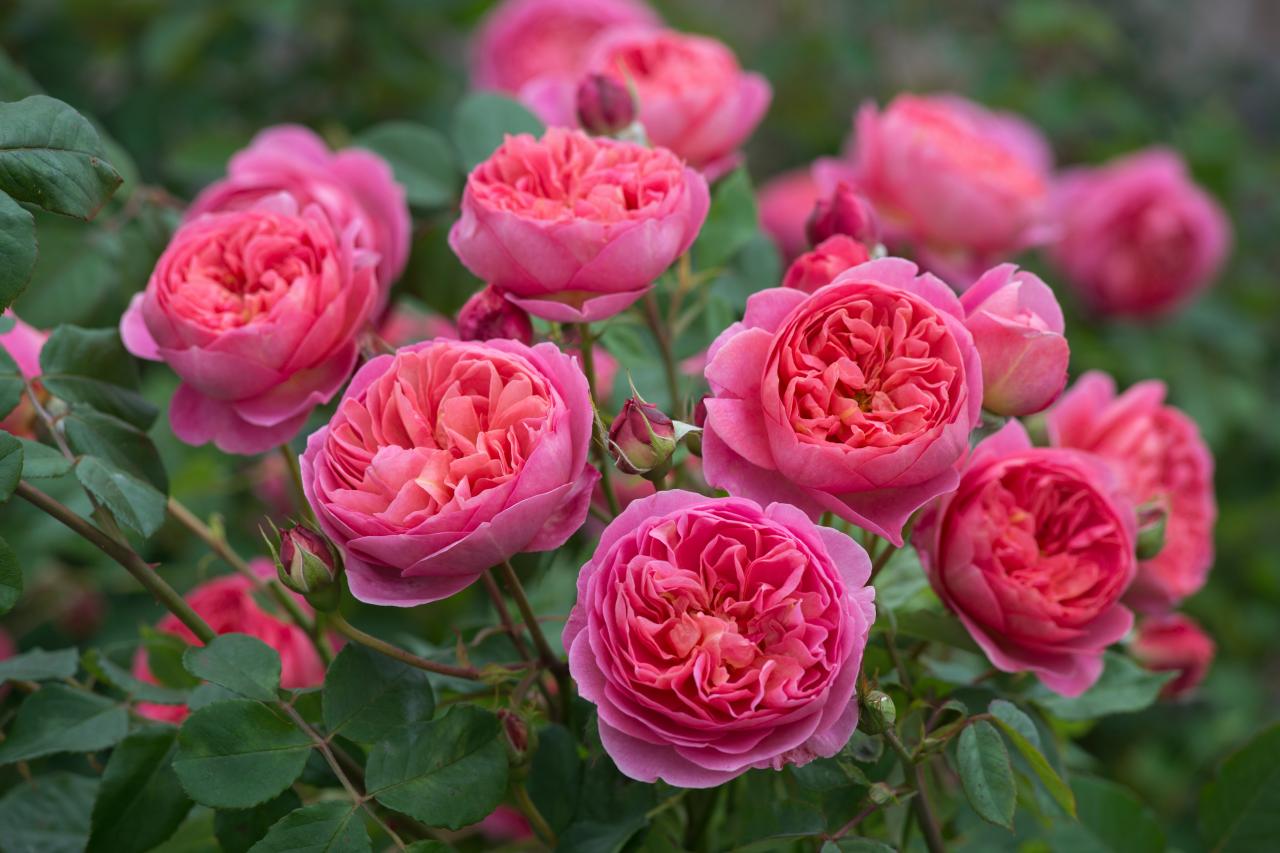 What are the varieties and types of roses
What are the varieties and types of roses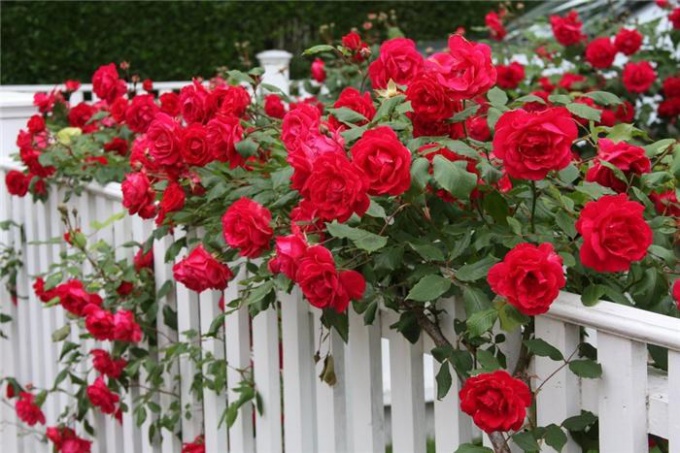 How to process roses with iron sulfate in autumn: proportions, advantages and disadvantages
How to process roses with iron sulfate in autumn: proportions, advantages and disadvantages